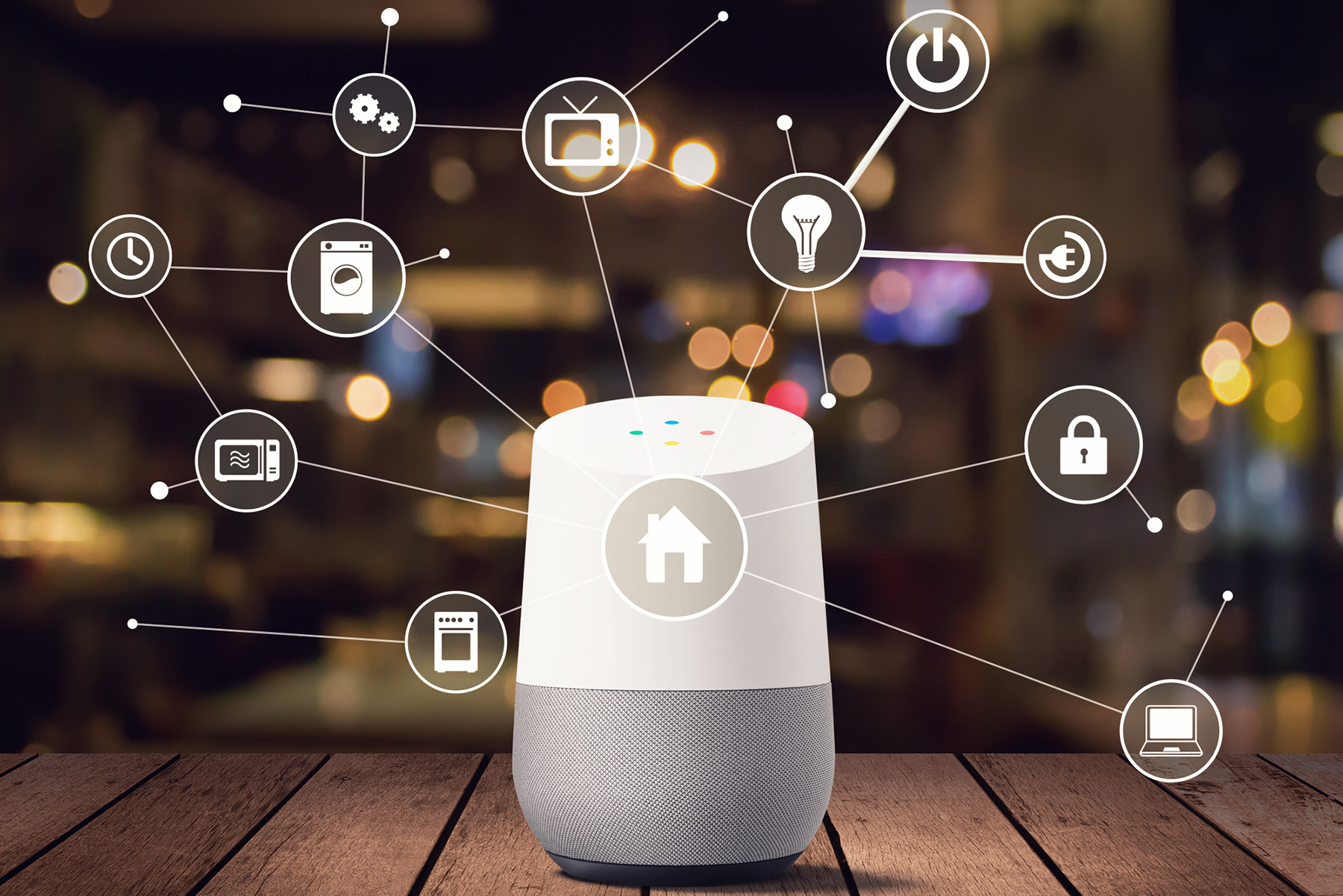Imagine a world where your safety and security are wrapped up in your home. Imagine a world of convenience where you can speak, and the lights go on, the sound dims down, and the television shows whoever is at the front door on the screen.
We live in an incredible age of technology. The use of Wi-Fi, internet and Bluetooth has paved the way to the “Smart Home.” The smart home has led to not only an easier life, but also a better-protected life. Recently, I have been changing some of the features around my house to improve the way I do things. Google and Alexa have become my personal assistants, who can help with all sorts of tasks, information and scheduled chores.
A world of technology I could only dream of a few years ago; now I can know what’s in my refrigerator, how dirty my dishes are, or how fast the robot vacuum cleaner does laps through the house. Home security that I control is a welcome reality. It could be as simple as a doorbell camera connected to an application on a smartphone. It can be as complex as a hub running almost every aspect of my safety and security.
Most systems start with a simple feature that controls everything — called a hub. The hub is connected to the Wi-Fi and internet, so it can be running all the compatible switches and appliances that you want tied into it. To speak to the hub, you use either a smartphone application or an assistant like Google, Alexa or Siri. Your voice can command a tv to turn on and go to the requested channel if you have a compatible tv, assistant and streaming device. In the same way, you can have your alarm turn on, the lights go on inside and the motion detectors and video cameras function if they are all compatible with their hub and assistant (or app).
You have the choice of monitoring your security (cameras and motion detectors) and safety (smoke and carbon monoxide detectors) yourself, or by paying an outside service to watch them for you. If you watch them yourself, you can have your application send a notification to you that something is happening. The motion detector might sense that you have a visitor on the front porch. The video camera or doorbell video turns on and sends you the live video. You turn on the alarm to warn the strangers away from the house. If you pay for an alarm company, they receive the notifications, see the video and do the work for you by calling 911 on your behalf when needed.
So many safety and security devices are finding their way into our homes. Smoke detectors, severe weather alerts, carbon monoxide detectors, flood sensors, freeze sensors, automatic water valve shutoffs, and thermostats protect our safety and comfort. Motion detectors, video cameras, floodlights, interior lighting, garage door sensors, window and door contact sensors, panic buttons, and lifeline alert buttons can guard your safety. These devices are just a few of the hundreds on the market that can make your life easier by allowing you to take control and call for help when you need it.

